Descripción del proyecto por Enric Ortega
La Massa, el teatro de Vilassar
El 10 de octubre de 1880, Genís Trias Cuyàs, panadero; Melcior Bruguera Manning, hacendado; Joan Parcet Fàbrega, cirujano; Pere Villà Teyà, fabricante; Jaume Serra Monnà, fabricante; Josep Piferrer Pintó, comerciante; Salvador Boquet Vives, propietario; Salvador Banús Feliu, comerciante; Pere Màrtir Vehil Banús, farmacéutico, y Josep Vehil Font, fabricante, se reúnen para formar una sociedad y edificar, en la finca que había comprado Genís Trias a Antoni Roldós por 4.500 pesetas, “un local que pueda destinarse a teatro, salón de baile, edificio-café.”
El imponente teatro de la Massa se construirá entre los meses de noviembre de 1880 y marzo de 1881 bajo la dirección de obra de Rafael Guastavino Moreno. Guastavino diseña un edificio circular con una caja escénica rectangular, del que destaca la cubierta de la sala, con una bóveda tabicada de 17 metros de diámetro por 3,5 metros de flecha, y con un óculo de 4 metros de diámetro en el centro y pequeñas bóvedas tabicadas perimetrales con columnas de fundición, que originan el espacio de los palcos.
Rafael Guastavino, de origen valenciano pero de formación plenamente catalana, estudia en la Escuela Especial de Maestros de Obras y posteriormente en la Escuela de Arquitectura, donde entrará en contacto con el arquitecto Elies Rogent. Guastavino partirá hacia Estados Unidos sin ver el teatro finalizado, pero nos dejará su huella en Cataluña en edificios singulares como la fábrica Batlló, sede de la Escuela Industrial de Barcelona, y el teatro de la Massa en Vilassar.
En los Estados Unidos, Guastavino deslumbrará al colectivo de arquitectos ofreciendo la bóveda tabicada, con toda diversidad de bóvedas y cúpulas, como solución para el techado de espacios grandes, una solución económica y efectiva que patentará con el nombre de Guastavino System, fundando la Guastavino Fire-proof Construction Company. Su técnica estará presente en más de 1.000 edificaciones, sobre todo en edificios públicos, y conseguirá ser un referente de la arquitectura moderna de Estados Unidos. El periódico New York Times, publicó el año 1908 su necrológica con la frase “ha muerto el arquitecto de Nueva York”, señal de la enorme transcendencia de la obra de Guastavino en el continente americano.
En 1889, para proporcionar a los socios ocio, instrucción y mutuo auxilio, se constituye en Vilassar la asociación Centro Vilassanés, conocida popularmente como la Massa, en el contexto de un Vilassar en pleno desarrollo textil, generando la necesidad de crear espacios para relacionarse el colectivo de obreros, como la Estrella, o para industriales, dando origen a la Massa.
El Centro Vilassanés, con el café que ocupará las dos plantas del edificio anexo al teatro, será un motor de la actividad social y cultural de Vilassar. Las incontables tertulias en las mesas de mármol del café, los bailes, el teatro y, a partir de 1905, el cinematógrafo, dotaron a la sociedad de una constante actividad. Durante el siglo XX, de la Massa nacerán nuevas propuestas culturales, de protección del patrimonio arqueológico, excursionista..., sin perder nunca de vista las funciones de mutuo auxilio, que cumplían una labor asistencial indispensable.
En el año 1997 se constituye un consorcio entre el Centro Vilassarenc y el Ayuntamiento de Vilassar para impulsar la restauración definitiva del edificio, que se lleva a cabo por el equipo de arquitectos Ignasi de Solà Morales, Lluís Dilmé y Xavier Fabré, y que culmina el año 2002 con la restauración del teatro, convirtiéndolo en equipamiento cultural moderno y retomando una programación estable.
Actualmente la asociación, con el nombre de “La Massa, Centre de Cultura Vilassarenc”, con diferentes secciones de música, poesía, excursionismo..., es continuadora del espíritu originario de ser uno de los motores culturales del Vilassar actual.
La Massa es una de les joyas de nuestro patrimonio arquitectónico, declarado Bien Cultural de Interés Nacional en 2014. Para muchas generaciones ha sido lugar de encuentro, de vivencias, de formación y de sueños, que lo convierten, más que en un notable edificio, en un patrimonio colectivo: la Massa es el teatro de Vilassar, un símbolo y un referente para nuestra pequeña comunidad.
Hoy recuperamos una de esas obras cuyo valor crece en el tiempo. Gracias a las fotografías de Simón García el proyecto se nos presenta tan impresionante e imponente como el día de la inauguración tras la realización por Rafael Guastavino de su cubierta o tras la reinauguración en el año 2002, que habían realizado Ignasi de Solà-Morales, Lluís Dilmé y Xavier Fabré, aunque Ignasi de Solà-Morales no podría verlo.
Las imágenes de Simón García nos presentan el interior con la obra de Rafael Gustavino en su maximo explendor. La cupula realizada sigue siendo hoy impresionante por los materiales utilizados y sus dimensiones (bóveda tabicada de 17 metros de diámetro por 3,5 metros de flecha, y con un óculo de 4 metros de diámetro) un avance premonitorio de lo que terminaría haciendo en Estados Unidos, donde The New York Times a su muerte lo calificaría como "el arquitecto de Nueva York", un sobrenombre acorde con un impresionante curriculum de más de 1000 obras en Estados Unidos, todas brillantes, algunas de ellas realmente excepcionales y otras casi míticas como la estación del Subway, la "City Hall station".
Más información
Publicado en:
21 de Septiembre de 2016
Cita: "La Massa, el teatro de Vilassar de Rafael Guastavino" METALOCUS.
Accedido el
<http://www.metalocus.es/es/noticias/la-massa-el-teatro-de-vilassar-de-rafael-guastavino>
ISSN 1139-6415
Loading content ...
Loading content ...
Loading content ...
Loading content ...
Loading content ...
Loading content ...
Loading content ...
Loading content ...
Loading content ...
Loading content ...
Loading content ...
Loading content ...
Loading content ...
Loading content ...
Loading content ...
Loading content ...
Loading content ...
Loading content ...
Loading content ...
Loading content ...
Loading content ...
Loading content ...
Loading content ...
Loading content ...
Loading content ...
Loading content ...
Loading content ...
Loading content ...
Loading content ...
Loading content ...
Loading content ...
Loading content ...
Loading content ...
Loading content ...
Loading content ...
Loading content ...
Loading content ...
Loading content ...
Loading content ...
Loading content ...
Loading content ...
Loading content ...
Loading content ...
Loading content ...
Loading content ...
Loading content ...
Loading content ...
Loading content ...
Loading content ...
Loading content ...
Loading content ...
Loading content ...
Loading content ...
Loading content ...










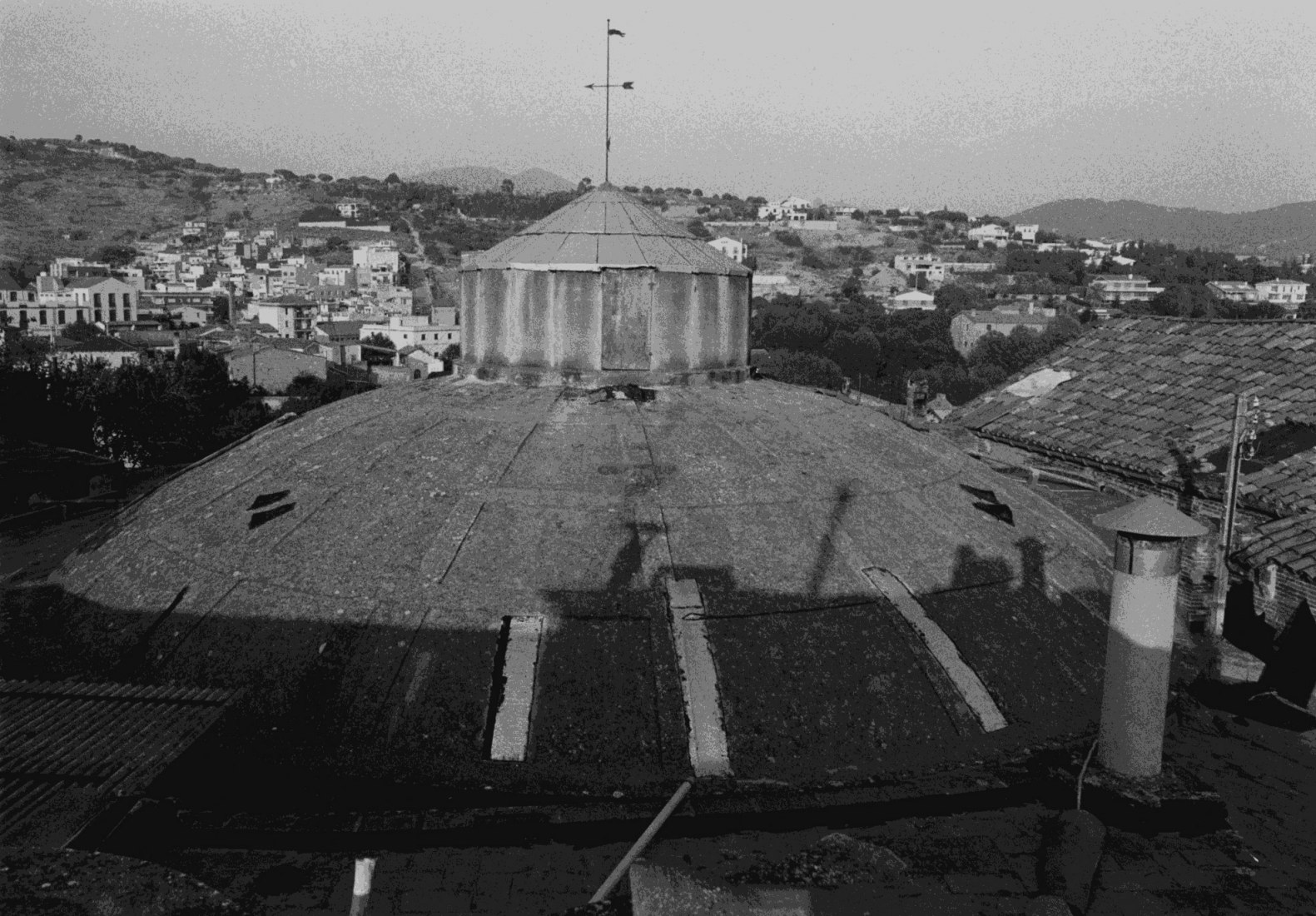
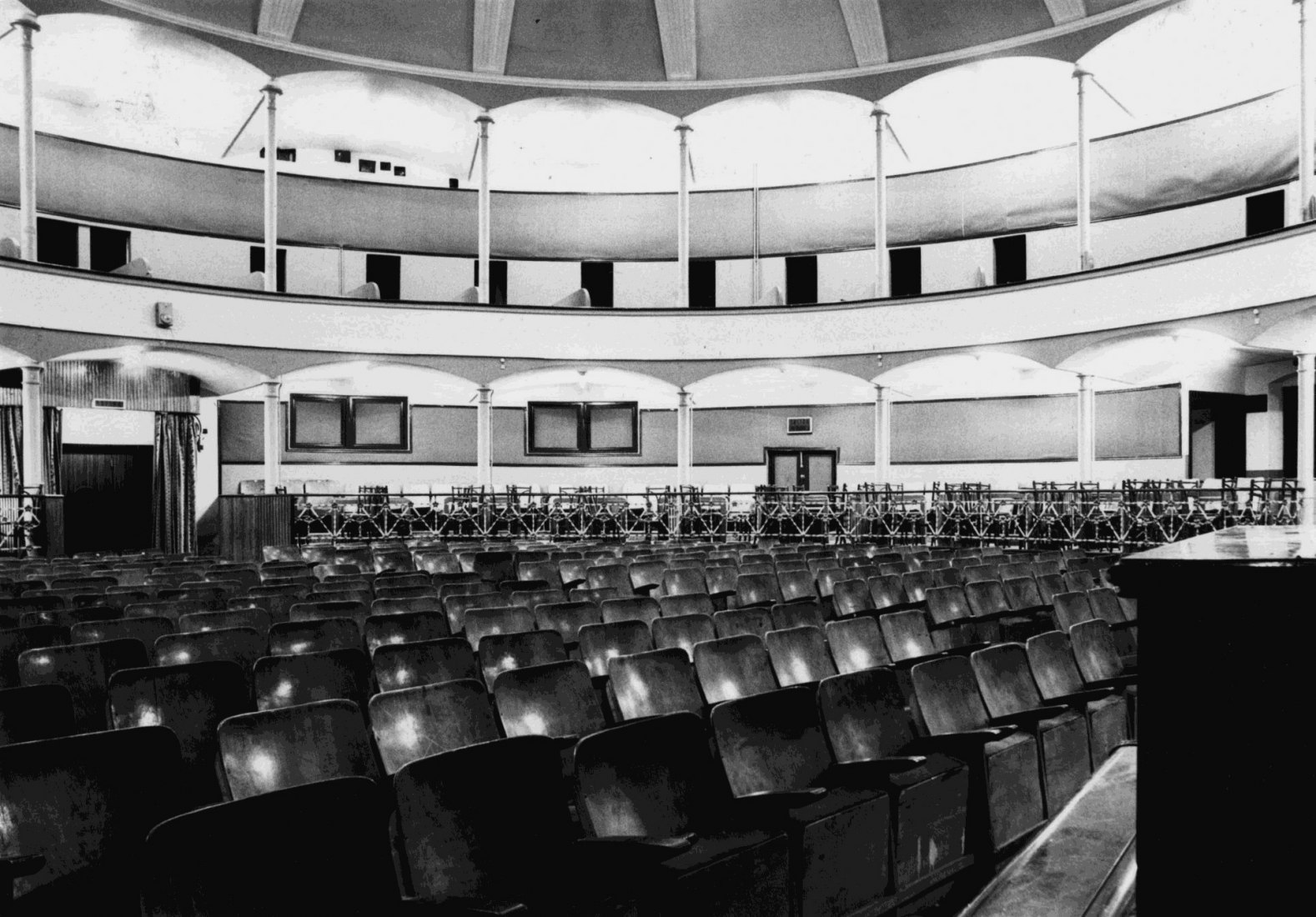
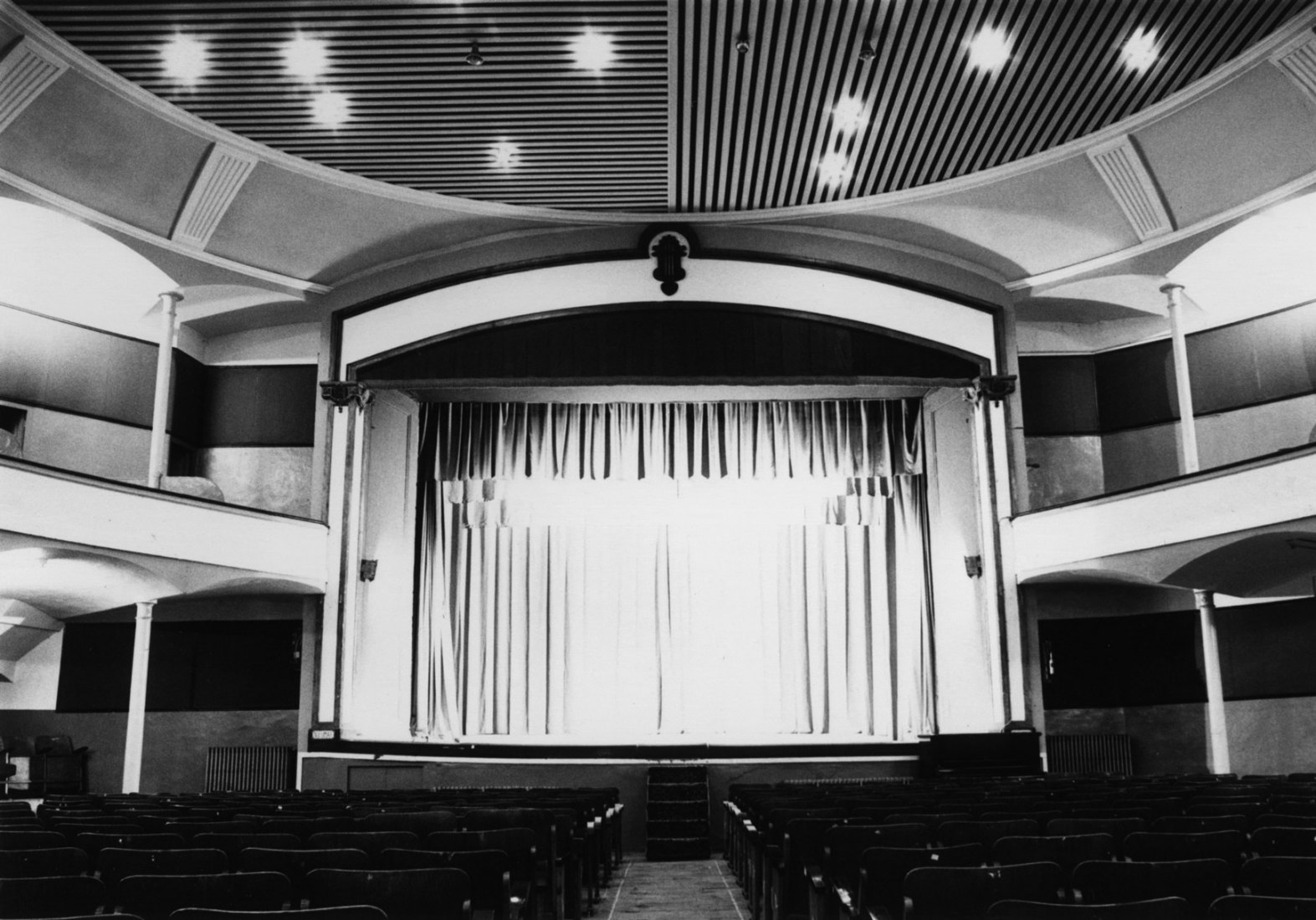

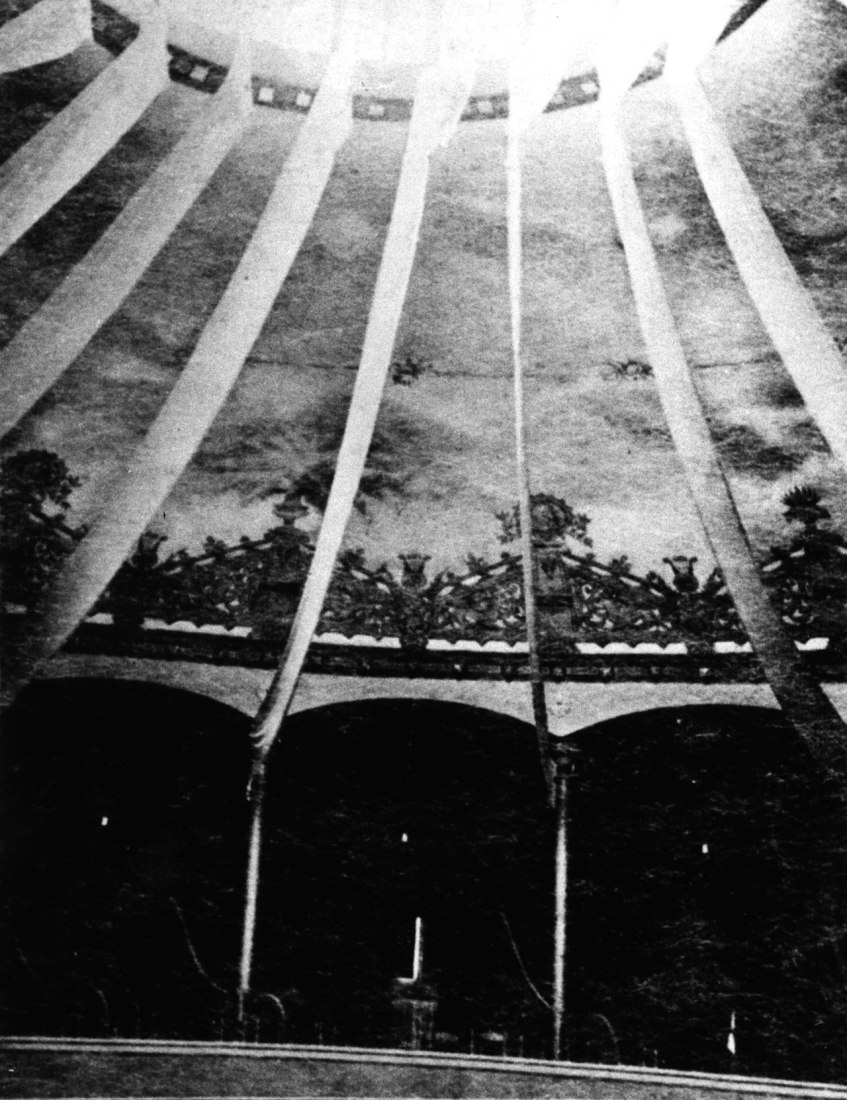
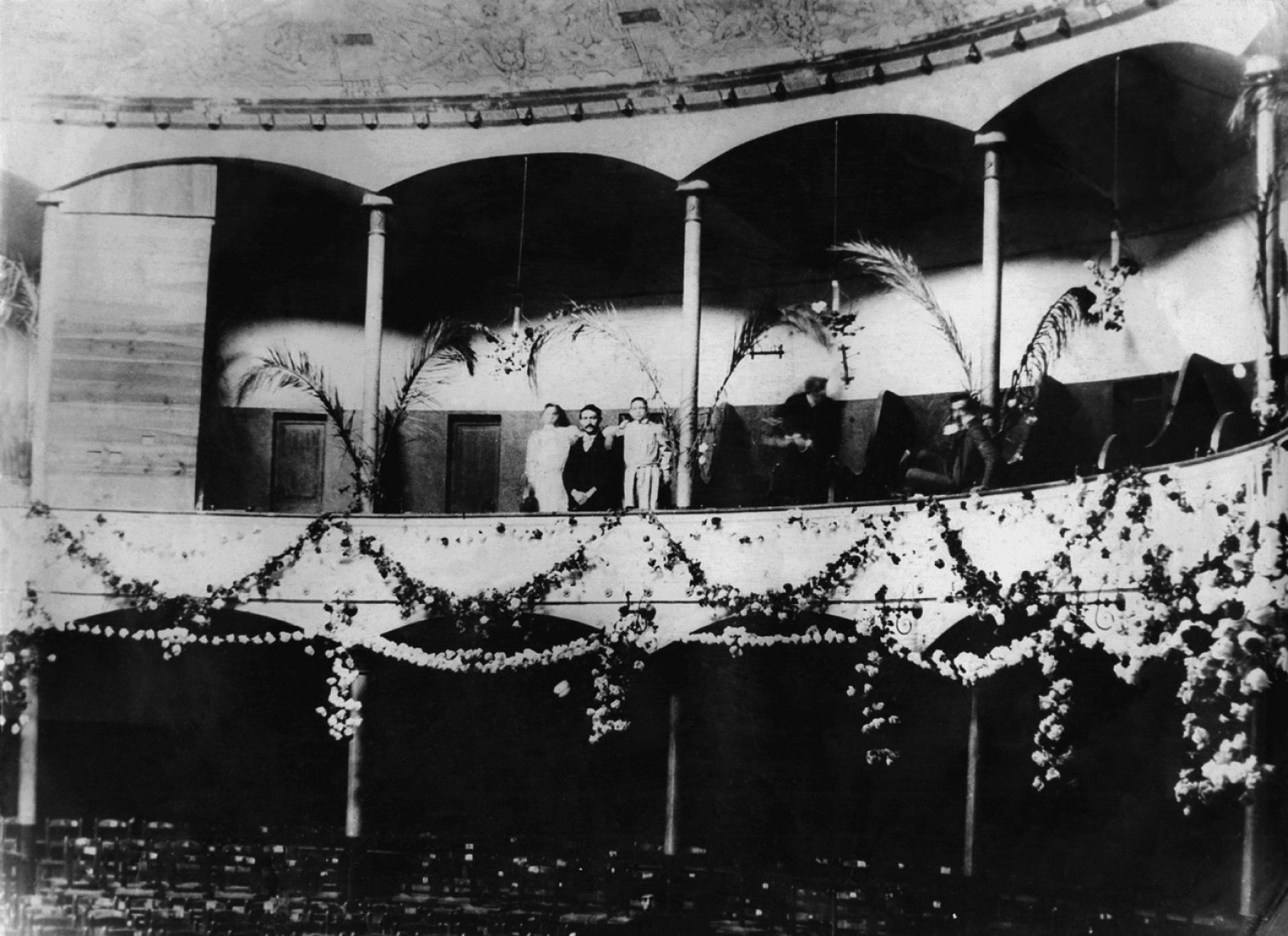














![Guastavino y la "City Hall station"[NY] Guastavino y la "City Hall station"[NY]](/sites/default/files/styles/mopis_home_news_category_slider_desktop/public/images-lead/city_hall_station_01.jpg?h=cb957c44&itok=shTJ_jX4)







